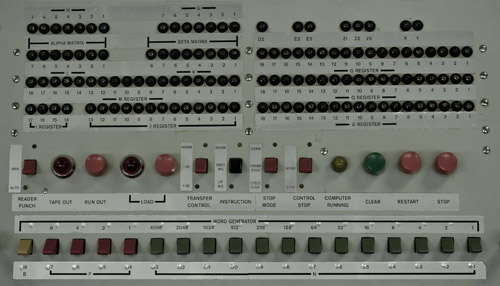Derek Punsalan examines the interface choices available in a selection of washing machines, or as he puts it, not going into orbit, just looking for clean clothes. We’re a long way removed from the relative simplicity of the old machines, although one of their added features involved losing an arm. Innovation isn’t just about incremental improvements and greater safety, it means more features, more buttons and more blinky lights.

The article reminded me of an exam question in a human-computer interaction course that I took years ago. We were asked to describe the best user interfaces that we had encountered. I chose to describe the space-heater in my room, it was great. The machine had one button, one switch and a few LEDs. You pressed the button to turn it on. The LEDs indicated the current temperature, and you pressed the button again to cycle through them. The switch on the base allowed the heater to rotate. After moving to an exceedingly hot top-floor apartment, I no longer needed the heater. So, I lent it to a friend’s housemate, who decided to dry clothes on the wee thing. It blew up. Although she was lacking in the brain department, the girl still has all of her limbs.
I’m still a fan of minimal hardware interfaces, with Apple handhelds being the obvious example. Another one of my favourites are the basic CrockPot models — one switch with three settings (off, high, low). Although, they’ve tried to muck things up with all manner of digital crap. But that’s progress.



